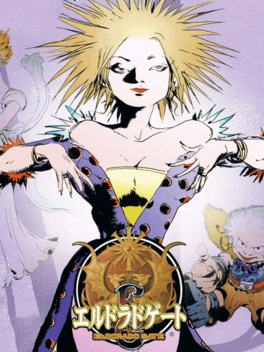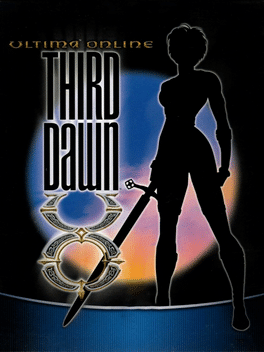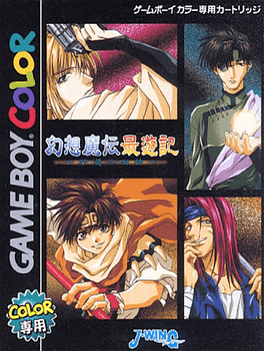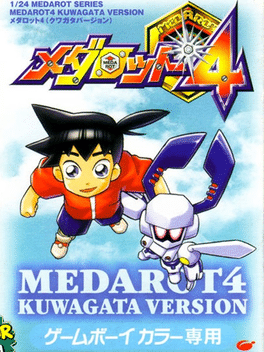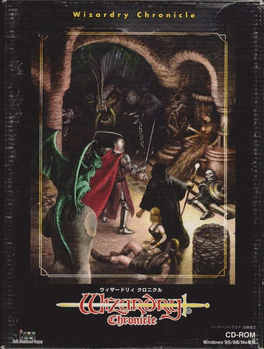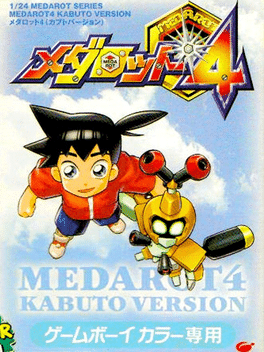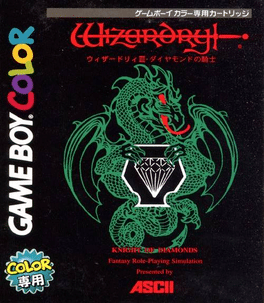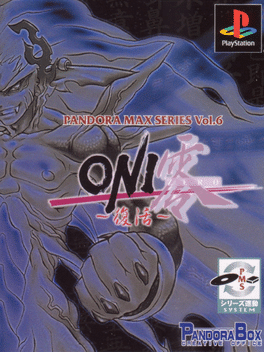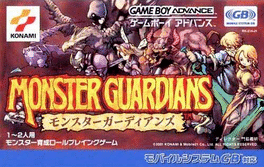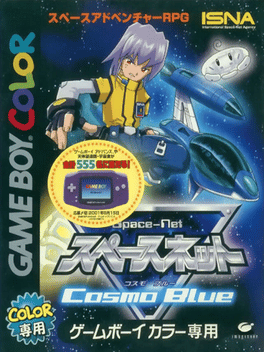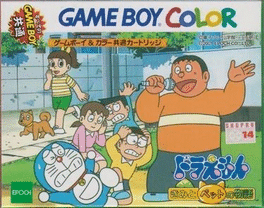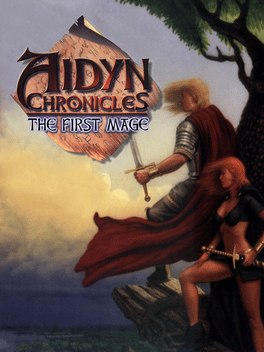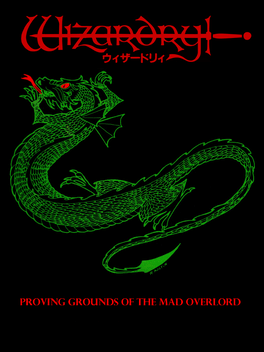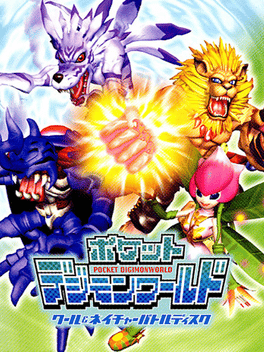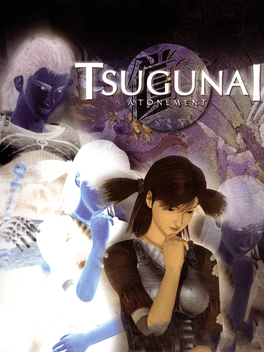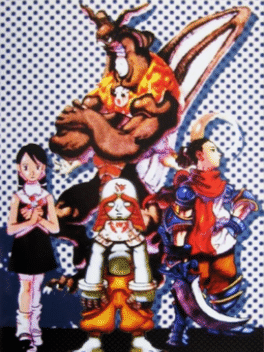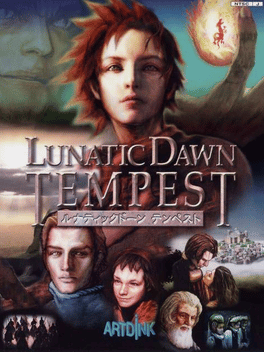New Role Playing Rpg Games - Page 229
-
Eldorado Gate Volume 4
2001
El Dorado Gate is console gaming's first serial RPG series, where each Dreamcast GD-ROM contains 3 seperate (though interrelated) adventures, each telling a story of one of the series' 12 characters. There's 7 volumes in all, the first few introducing the characters whilst the later volumes flesh out how their stories are related, leading to the finale. Part of Capcom's experiment of serializing an RPG over a year with one part every other month. -
Dunkle Schatten
2001
-
Ultima Online: Third Dawn
2001
Ultima Online: The Third Dawn is the third expansion for Ultima Online. -
Gensoumaden Saiyuuki: Sabaku no Shikami
2001
Gensoumaden Saiyuuki: Sabaku no Shikami is a Role-Playing game, published by J-Wing, which was released in Japan in 2001. -
Medarot 4: Kuwagata Version
2001
Medarot 4 was released in 2001 for the Game Boy Color. Like its predecessors, it was released in two versions: Kabuto Version and Kuwagata Version. The game follows Ikki Tenryou and his friends in the town of Omikuji. A new teacher by the name of Ryuuko Yamikumo gets hired at Ikki's school and confiscates all of the class' Medarotches and deletes everyone's data, forcing them to start over in order to train them. Meanwhile, there are rumors of a group called the "Four Kings" wreaking havoc in Omikuji. Medarot 4 incorporates many of the gameplay changes made in Medarot 3. -
Wizardry Chronicle
2001
Wizardry Chronicle
2001
Wizardry Chronicle is a Japanese Wizardry spin-off. It is a role-playing game derivative of the original Wizardry games, with a menu town and a maze below to explore, monsters to defeat and items to be found. The game features five races, of which all but Humans are new: Sadeeq, Mirelli, Tairon and Wallbach. There are 15 different character classes, most of them familiar from other Wizardry games. -
Medarot 4: Kabuto Version
2001
Medarot 4 was released in 2001 for the Game Boy Color. Like its predecessors, it was released in two versions: Kabuto Version and Kuwagata Version. The game follows Ikki Tenryou and his friends in the town of Omikuji. A new teacher by the name of Ryuuko Yamikumo gets hired at Ikki's school and confiscates all of the class' Medarotches and deletes everyone's data, forcing them to start over in order to train them. Meanwhile, there are rumors of a group called the "Four Kings" wreaking havoc in Omikuji. Medarot 4 incorporates many of the gameplay changes made in Medarot 3. -
Wizardry III: Diamond no Kishi
2001
Wizardry III: Diamond no Kishi is a Role-Playing game, published by ASCII Entertainment, which was released in Japan in 2001. -
Oni Zero: Fukkatsu
2001
Oni Zero: Fukkatsu
2001
Long ago, during the Heian period, there was a village where humans and ghosts coexisted peacefully. Created by a ghost who wanted to end the animosity between them, it existed, isolated, for more than 250 years. One day, however, the village was attacked from the outside and completely destroyed. A young boy living in the village, Shiroumaru, and his friends, Gedoumaru and Saki, managed to escape with their lives. Now, eight years later, they are setting off together on a quest to bring peace to the land. Oni Zero: Fukkatsu is traditional Japaneses turn-based RPG, and the last title in the series produced by series creators Pandora Box. The game follows the same formula laid out by Dragon Quest and Final Fantasy. Characters carry different elemental alignments, which affects their combat capabilities. As their abilities grow, the characters can learn special transformation attacks, and find many different spirits to aid their quest. The game also features connectivity with other games in the Pandora Max Series. -
Monster Guardians
2001
Monster Guardians
2001
Monster Guardians is a Role-Playing game, developed and published by Konami, which was released in Japan in 2001. -
Space-Net: Cosmo Blue
2001
Space-Net: Cosmo Blue is a role playing game published by Imagineer for the Game Boy Color. It was released alongside Space-Net: Cosmo Red. -
Doraemon: Kimi to Pet no Monogatari
2001
Doraemon: Kimi to Pet no Monogatari is a RPG game on Game Boy Color, released on 2001. -
Aidyn Chronicles: The First Mage
2001
star 7.7The king took him in at a very young age, but Alaron is now old enough to realize that he was adopted deciding to set out on a quest to track his own heritage. Along his journey, Alaron has had the fortune of meeting up with a party of others that are looking for adventure. You can choose to play as any of 13 characters. A more or less traditional role-playing game, AIDYN CHRONICLES: The First Mage is a brilliant mix of interaction, fighting, and extensive exploration. All of the battles take place in an innovative turn-based system, challenging you to handle both combat and real-time strategy. All of the characters and environments in the game are rendered in full 3D, and the characters have complete freedom in their ranges of movement. There's more territory in the game's expanses than you'll ever get a chance to see, and the sheer diversity of the character types is really impressive. If you like role-playing games, you'll want to check out this installment of Aidyn Chronicles. -
Pocket Digimon World: Cool & Nature Battle Disc
2001
An expansion of Pocket Digimon World. Cool & Nature Battle Disc had two different sets of Digimon. The Cool Version featuring aquatic and icy Digimon, and the Nature Version featuring insect and plant-type Digimon. Both versions are also the only games where Freezeland can be accessed. -
Tsugunai: Atonement
2001
Tsugunai: Atonement
2001
Tsugunai is the story of Reise, a warrior who has inadvertently angered the Goddess of Light by stealing the mystical Treasure Orb. As punishment, the Goddess of Light forever separates his soul from his body unless he atones for his sins by helping the people of Walondia. Without a physical body of his own, the only way to change the fates of the people is to possess them. -
Dark Quest
2001
-
Herohero-kun
2001
Herohero-kun
2001
Herohero-kun is a role-playing game for Game Boy Color released by Imagineer in 2001. It is based on the manga "Herohero-kun," but the main character is not Herohero but the original game's main character. The main character's name can be up to four characters, and the gender can also be selected. The purpose is to rescue the townspeople of Ukiuki who were put to sleep by Suyasuya. -
Lunatic Dawn Tempest
2001
Lunatic Dawn Tempest
2001
The most recent title in the role-playing series from Artdink, released for PlayStation 2.
